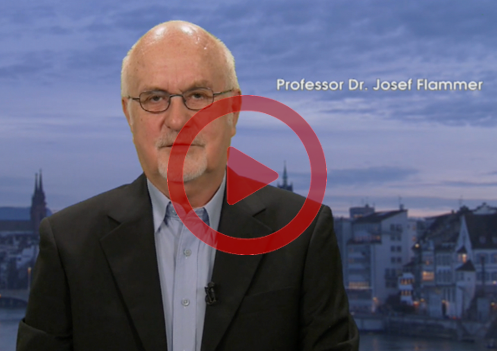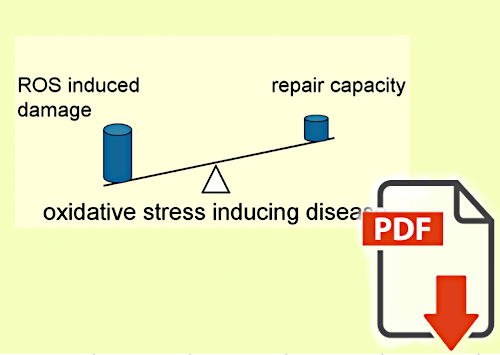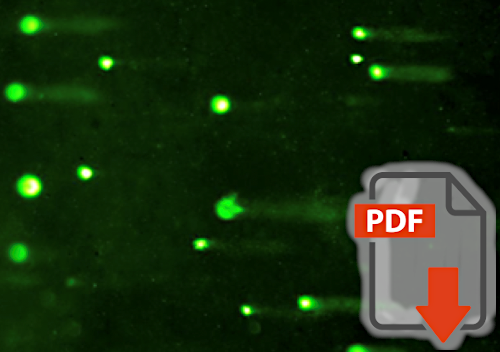
J Flammer:
The glaucomatous neuropathy: a reperfusion damage |
In 2001, Flammer was the first to postulate that glaucomatous optic neuropathy can be viewed as a type of reperfusion injury. Slight but recurrent falls in oxygen concentration cause a weak but repetitive oxidative stress. If, over the course of life, the capacity to eliminate this stress slowly declines, re-perfusion injuries develop. These single damages are small, but they add up over time. |

J Flammer:
Contribution of oxidative stress to the development of GON (Video) |
In this video, Josef Flammer begins by explaining what oxidative stress is and how it occurs. Then he shows the connection between disturbances in blood flow and the formation of oxygen free radicals and why and how oxidative stress is involved in the development of glaucoma damage. Finally, he discusses the ideal diet for glaucoma patients and, if necessary, the possible pharmacological treatments. |

M Mozaffarieh, MC Grieshaber, J Flammer:
Oxygen and blood flow: players in the pathogenesis of glaucoma |
Oxygen is on the one hand absolutely essential for life and at the same time potentially very harmful. When burning, oxygen combines with other atoms or molecules, releasing energy. Although oxygen is ubiquitously present, fortunately not everything burns immediately. The reason is that oxygen in the ground state has a spin restriction. However, when oxygen is activated, it becomes very reactive. This can happen by a spin reversal (singlet oxygen) or more commonly by the addition of a single electron (superoxide). Such oxygen radicals are generated in mitochondria when oxygen supply is unstable, which is usually the result of unstable blood flow, as Mozaffarieh et al. describe in this review. |

L Fang, A Neutzner, St Turtschi, J Flammer, M Mozaffarieh:
Comet Assay as an Indirect Measure of Systemic Oxidative Stress |
It is not easy to quantify oxidative stress. This is because it is not homogeneously distributed throughout the body and the half-life of oxygen free radicals is usually very short. It is somewhat easier to quantify the consequences of oxidative stress. One of the possibilities, which has proven itself in the clinical environment, is the quantification of DNA breaks. Such breaks have various causes, such as exposure to radiation. However, under known and constant conditions, it is a good marker of oxidative stress. In this publication, Fang et al. show how these DNA breaks can be measured using a comet assay. |